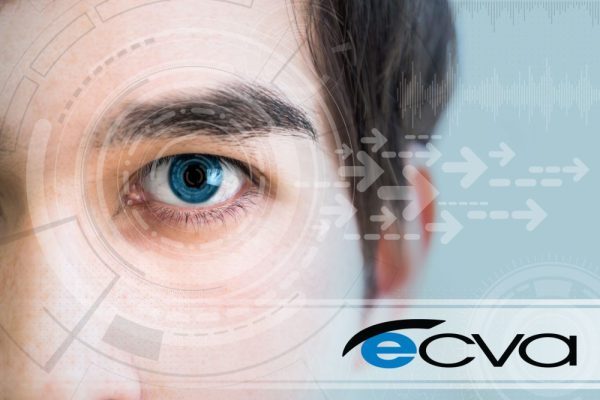
by ecvaeyeadminz | Apr 21, 2022 | Eye Health
When it comes to vision problems, refractive errors are the most common ones that people experience. With these, the shape of the eye or its ability to focus light changes, causing different kinds of visual acuity issues or visual anomalies. Since refractive...

by ecvaeyeadminz | Apr 15, 2022 | Eye Health
The prospect of vision loss is not typically a concern for most people until a decline in visual acuity becomes noticeable. Vision changes typically occur due to aging or an injury. However, there are also preventable factors that contribute to poor vision or...

by ecvaeyeadminz | Apr 7, 2022 | Eye Health
When a person has diabetes, they’re at risk of a debilitating eye condition called diabetic retinopathy. Essentially, elevated blood sugar levels damage blood vessels within the retina, leading to vision issues. Over time, it can even cause significant vision loss, if...




